|
21/1/2021 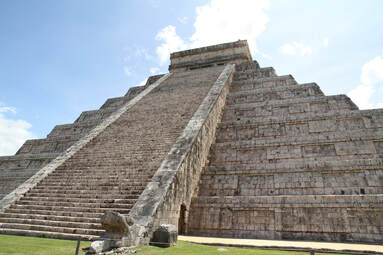 Engage your science students this holiday season with a celebration of the winter solstice—Aztec style. The Aztecs were one of many world cultures that marked the winter solstice as a day of renewal. We notice, as did the Ancients, that the sun (who the Aztecs worshipped as a god) appears to move through the sky at different angles throughout the year due to the changing orientation of Earth’s axial tilt. 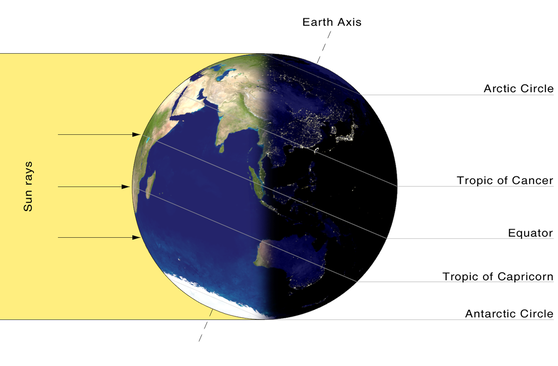 In December, on the winter solstice, the sun reaches its southern most latitude and is at its lowest in the noon sky. The term solstice translates to “sun stands still”, which is reflective of the fact that little shadow is cast on sundials during the solstice period. It is as though the sun stops moving….or, as the Aztecs believed, their Sun God died. Millions of Mexica (Aztec people) celebrated the Sun God’s “rebirth” with festivities as they rejoiced in the new cycle. The Aztec Empire (1345-1521 CE) stretched from the Pacific Ocean to the Gulf coast and from central Mexico to the present-day Republic of Guatemala. Agriculture, trade, and tribute formed the basis of the realm. Growing enough food to feed the urban populations of the Aztec cities was of major importance. Many inhabitants of the empire were involved in planting, cultivating, and harvesting the food. The aztecs farmed sustainably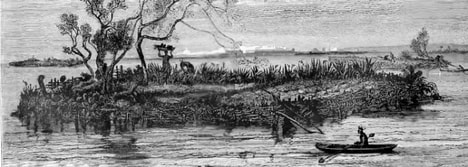 To maximize their crop yields, the Mexica needed a scientific understanding of their ecosystem and what would cause the organisms within it to thrive. Among other agricultural techniques, the Aztecs artificially flooded fields known as chinampas. Several crops a year could be grown this way. In Aztec chinampas, the planting areas were filled with sediment and canals between each plot allowed canoe access. Water was controlled by a combination of natural springs, aqueducts, dikes, dams, canals, reservoirs, and gates. These “floating gardens” were so effective, in fact, that they continue to be used in modern suburban areas like the southern valley of Mexico City. 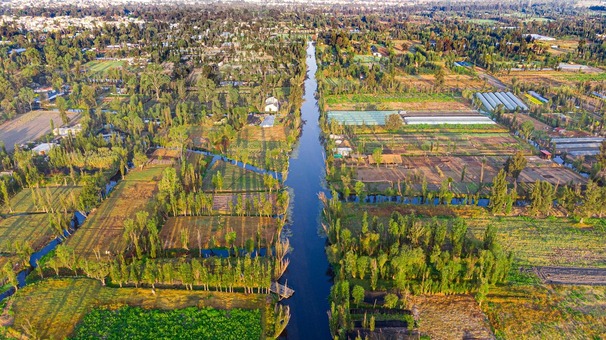 Chinampas provide a place for bacteria and other soil biology to thrive, which helps trap particles, break down debris, and filter water. Plants add oxygen back to the water. Clean, oxygenated water helps to support fish and other aquatic life, which eat mosquitoes and their larvae, reducing the need for pesticides. Utilizing space on the surface of a water bodies conserves land. Construction of modern-day chinampas could return land, currently used for agriculture, to its wild state so that additional carbon dioxide can be filtered from the air. Also, covering some of the surface area of a water body will reduce the rate of evaporation, which helps to conserve water. Water conservation will also increase as chinampas do not require irrigation since water is already on site. Modern-day Chinampas can combine the Aztec’s ancient farming practice with what we now know about biology and crop growing technology to create a sustainable solution that can be used all over the world. aztec diet, symbiotic cropsThe Aztecs grew three staple crops: maize (corn), beans, and squash. Each of these three plants assists the others when they are grown together. Corn takes nitrogen from the soil, which beans then replace. Bean plants need firm support on which to grow, which corn stalks provide. Large squash leaves shade the soil, which keeps moisture in and weeds out. These three plants were called the Three Sisters and planted together, provide a rich harvest. 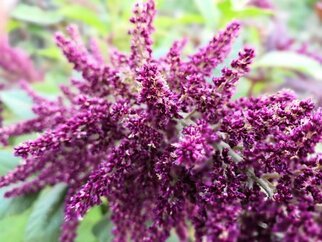 Besides maize, beans and squash, the Aztecs farmed other vegetables, such as tomatoes, avocados, limes, onions, and amaranth (grain). The Aztecs also cultivated succulents like aloe and agave, which provided them with rope, paper, textiles, sandals, needles, sweetener, alcoholic beverages, construction materials, and fuel. the winter solstice: Huitzilopochtli's birthday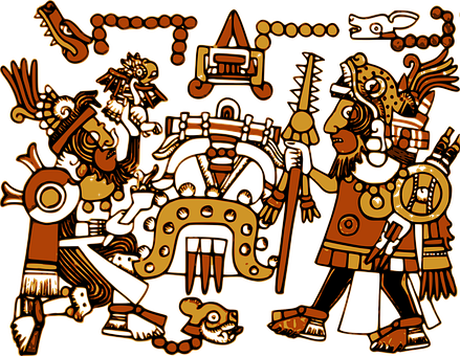 The Aztecs engaged in warfare to acquire territory, resources, quash rebellions, and to collect sacrificial victims to honor their gods. War was a fundamental part of their culture. 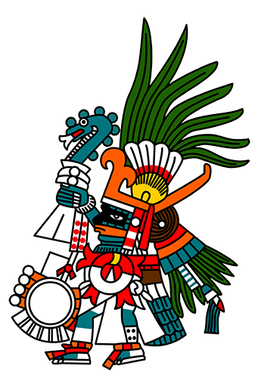 Huitzilopochtli was the patron god of the Mexica, lord of the sun, human sacrifice, and of combat. The winter solstice marked the end of autumn, when the sun seemed weak and it was Huitzilopochtli’s birthday. It was a time of great celebration. 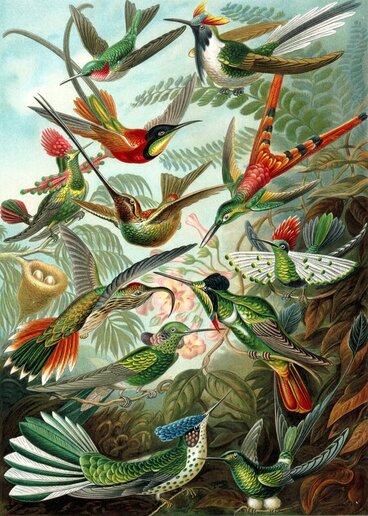 The Aztecs believed the during the winter solstice the Sun had traveled all through the celestial vault dying on December 20th. The sun was then transformed into a hummingbird and was resurrected. The Aztecs decorated their homes with paper flags, they had races and processions, danced, and sang. Each year on the solstice, they made a sculpture of amaranth and agave nectar in the shape of Huitzilopochtli and ate it as a part of the celebration. During the festival they showed gratitude for the year’s harvest and encouraged the winter sun to grow strong for another harvest year.
0 Comments
Leave a Reply. |
AuthorGertrude Katz has spent over 30 years teaching K-12 public school students all major subjects. She has taught biology and education at the college level. The majority of her career has been spent instructing biology at the secondary level. Categories
All
|
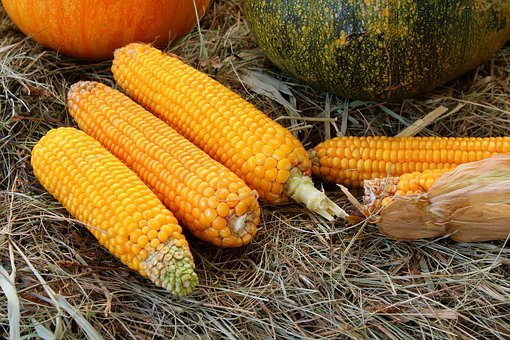
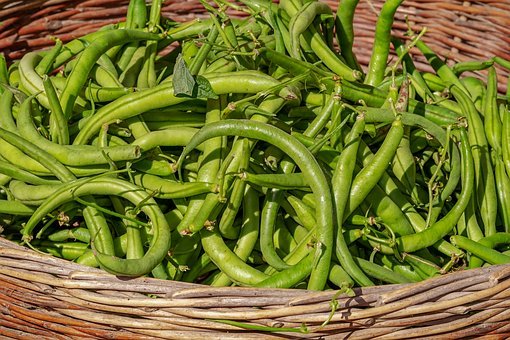
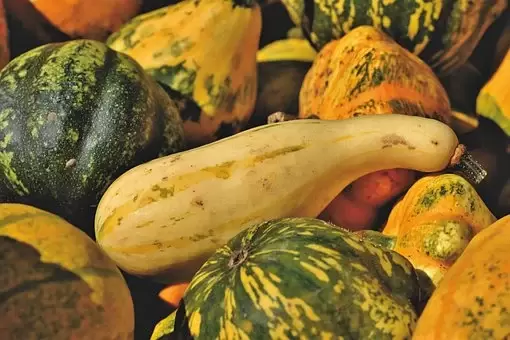
 RSS Feed
RSS Feed